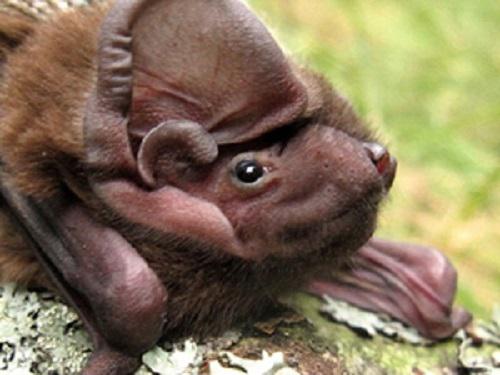Sergij Gashchak
The aim of this project is to gain results of a bat fauna survey to elaborate proposals of the lands conservation and protection in the Chernobyl Exclusion Zone, as important habitats for many rare and endangered species in Europe.
/7a136044e4c9de7ab4da53a090b0a67c.jpg)
Chernobyl Exclusion Zone (of Ukraine) is a huge (2600 km2) natural and semi-natural complexes almost completely abandoned during last 25 years. Due to absence of people it became very attractive for many animals, including endangered species. Population and diversity of wildlife certainly increased there, and this region became to play important role in nature conservation respect. Nevertheless there are no governmental programs and plans to really protect the area in nature value concern. Moreover ideas about recovery of some kinds of industrial activities in the zone are considered, including use of forest resources. It is a direct threat for wildlife and all achievements which natural complexes got over last 25 years.

Nyctalus lasiopterus.
Additional weigh downing circumstance is lack of wildlife researchers and corresponding truthful scientific information about the region. The aim of the project to provide such information in order to ground proposals about conservation and protection of the most valuable habitats of the Chernobyl Exclusion Zone. Bats were chosen as key wildlife object since:
/c6fd3981c17a02b8d98d84e0dcfafe35.jpg)
1) all species in Ukraine are in the red list,
2) already 12 species (of 15–17 possible) have been found in Chernobyl (including IUCN near threatened: Greater Noctule),
3) presence of some species indicate high value of the habitats for many other species.
The project performance includes:
1) successively investigation of the most promising Chernobyl lands (mature forests, near lakes, rivers, marshes), both where the rare species have been captured (to check again) and in new ones;
2) mist-netting, or sometimes use of specific tree-hole traps.
The filed work is divided on two phases: May–August of 2010, and May–August 2011, including large surveys (by 5-7 persons) in May and July, every year, and in other periods – small surveys by 2-3 persons. During the project up to 40 plots of near 15 km2 each, will be investigated. Description of locations (with geo-positioning), bats and circumstances of the capture will be provided. All animals will be marked with chiropterological rings.
In other seasons the project will include regular contacts with scientists, conservationists, media, officials, public etc. by presentations, articles, interviews, the website. The conservation proposals will be elaborated by the project end.